How are Lab-Grown Diamonds Made?
Jan 31, 2018
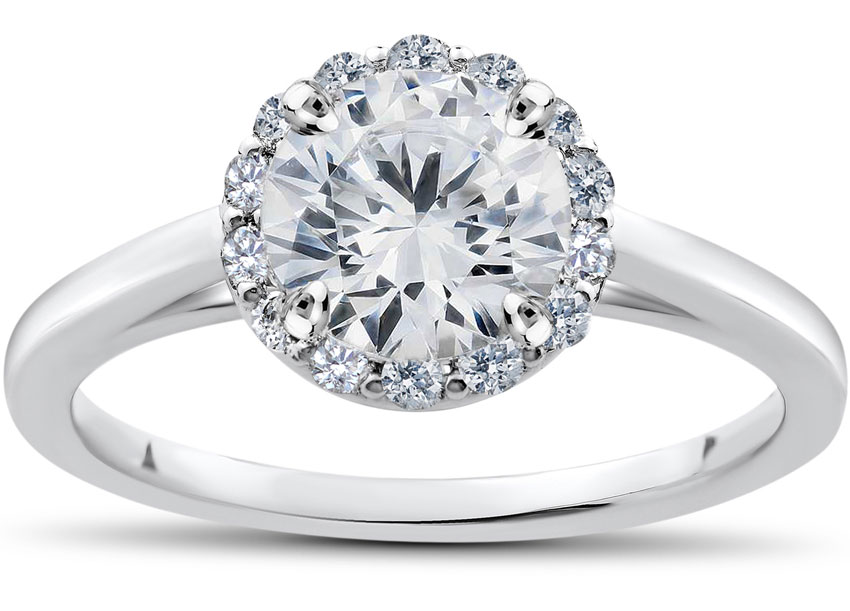
Does the idea of owning or gifting an authentic, quality piece of diamond jewelry for a 30 percent price markdown sound appealing to you? Investing in a lab-grown diamond might be the perfect option.
While all mined Pompeii3 stones are sourced ethically according to the Kimberley Process, lab-grown diamonds are an increasingly popular alternative for jewelry shoppers looking for the authentic look of a natural diamond, without the environmental and ethical downsides sometimes associated with mining.
If you are asking yourself “Is a lab-grown diamond real?”, or if you’re wondering how lab-grown diamonds are made, read on to see what makes these synthetic sensations virtually indistinguishable from diamonds mined from the earth.
What Are Lab-Grown Diamonds?
Lab-grown diamonds are a less expensive, more environmentally-friendly alternative to diamonds mined in nature.
Are Lab-Grown Diamonds Real?
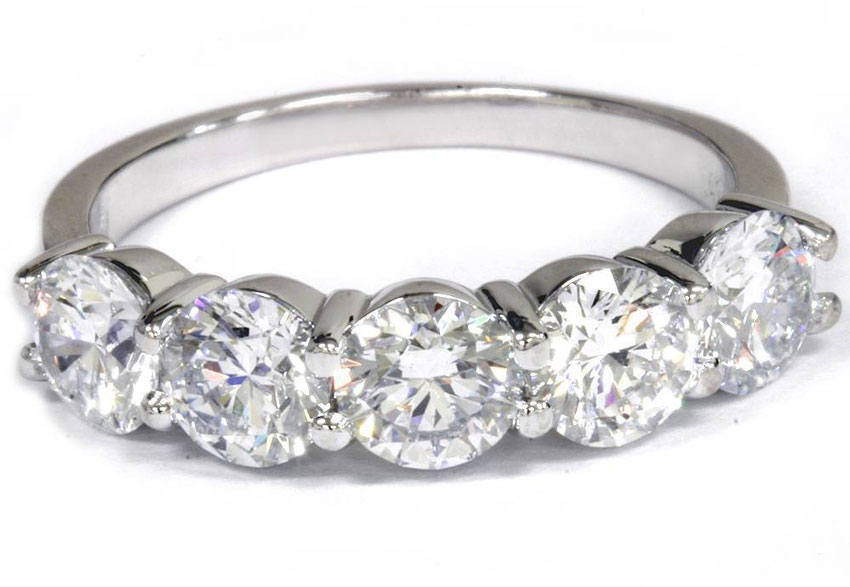
While growing gems in a lab might sound like science fiction, you may be surprised to hear that lab created diamonds are virtually identical to the natural diamonds mined from the earth. How lab-grown diamonds are made in a laboratory is a fascinating process. The result is gems possessing the same properties that natural stones found in a mine have — chemical, physical and optical. This means the only true difference between a lab-grown diamond and a mined diamond are their place of origin. Lab-grown diamonds are indistinguishable to the naked eye compared to mined stones, but are always labeled as lab-grown by reputable jewelers like Pompeii3.
Why is There a Need for Lab-Grown Diamonds?
Modern buyers are acutely aware of the pros and cons of purchasing a natural diamond, and Pompeii3 is proud to be a jewelry company offering our customers a choice when choosing a piece containing diamonds.
The best lab created diamonds allow buyers to feel confident about the quality and origin of their purchase. It also ensures that their stone is conflict-free, while paying a lower price for their desired piece of jewelry. The actual growing processes takes the strain off of the Earth’s natural resources by allowing for sustainability of natural systems. Producing diamonds in a laboratory also requires significantly less energy than mining, therefore impacting the environment less.
The Process
While diamonds found in mines have been formed over the course of hundreds of millions of years and are an increasingly scarce resource on our planet, you’ll see the man-made process takes significantly less time and energy.
How Natural Diamonds Form
In nature, diamonds are formed when carbon is exposed to high temperatures and pressures below the Earth’s surface (in the mantle) and becomes concentrated, crystallizing a diamond. This process takes a significant amount of time, energy, and equipment. The diamonds are mined through extensive and careful digging into the earth’s crust or when the diamonds move up to the Earth’s surface through an event like a volcanic eruption. Diamond mines can be extremely deep and require serious manpower and skill to find and retrieve the precious stones.
How Lab-Grown Diamonds Are Made
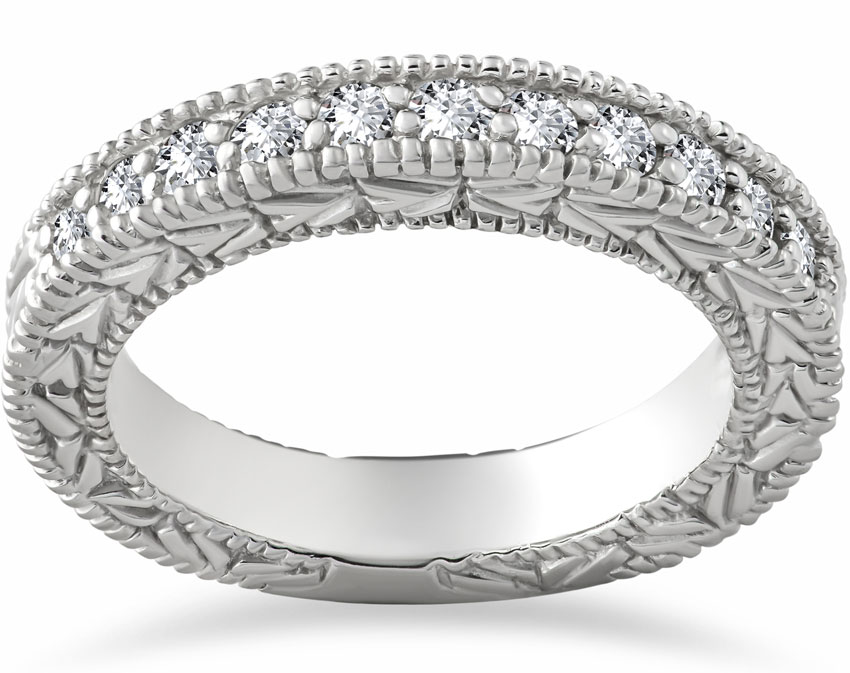
There are a few ways that scientists are able to recreate the process that leads to the development of the best lab created diamonds.
Essentially, the goal is to create an environment similar to the one below the Earth’s surface. This process requires two main elements — heat and pressure. Luckily, in the modern age of science, creating such an environment can be done and is becoming an increasingly widespread practice in the jewelry industry. Here’s a simplified look at the process:
- Scientists take a diamond “seed” and expose it to blasts of methane gas inside of a special chamber.
- By adjusting the pressure and temperature inside of the chamber, gemologists can actually grow a diamond over the course of several weeks.
- By controlling the amount of heat and pressure in a laboratory environment, gemologists can fine-tune these lab-grown diamonds to their desired specifications. As a result, diamonds identical to the ones found in nature are ready in a matter of weeks, rather than millions of years!
This process uses significantly less energy and resources — not to mention time — compared to the grueling operation required for earth-mined diamonds. Even better, it results in stunning stones that make beautiful pieces of jewelry indistinguishable from natural diamonds to the naked eye.
Most diamonds mined from the earth are considered impure or defective — meaning they have flaws that can decrease their value. By discovering this new process, scientists have learned ways to control the variables that go into forming various types of diamonds. In fact, gem-quality diamonds can be created in a lab to be purer than most diamonds found in nature!
Pompeii3 is proud to sell the best lab created diamonds — each offers the same quality and craftsmanship we are known for in all of our jewelry!
What is Cubic Zirconia? Know the Difference!
While they may appear similar at first glance, lab-grown diamonds are not the same as cubic zirconia. Also made in a lab, the latter is formed from zirconium dioxide. Diamonds, found in nature and created in a lab, are made up of only carbon and possess identical physical, chemical, and optical properties to one another.
Cubic zirconia, or CZ, jewelry is a less expensive alternative to diamond jewelry and has several noticeable differences. Cubic zirconia is only offered in a synthesized form and differs from diamonds in terms of color, cut, hardness and other distinguishable characteristics.
While both cubic zirconia and diamond jewelry can be shiny and impressive, it’s important to know the difference between these two materials when you are shopping for jewelry. Make sure you ask for a certificate of quality when purchasing a diamond, natural or lab-grown, so you are informed about the diamond’s authenticity, qualities, and value. Remember: Is a lab-grown diamond real? Yes. Cubic zirconia jewelry is not interchangeable with any diamond.
How Can I Feel Confident That My Diamond is As Advertised?
All diamonds should be inspected by a gemologist and appraised by a licensed appraiser before they are sold in a reputable jewelry store. When you purchase a diamond, lab-grown or natural, you should request a certificate of authenticity to verify the quality of your diamond. Pompeii3 also offers an optional appraisal certificate with purchase, which may be used for insurance purposes. These certificates are completed by on-site appraisers.
Did You Know?
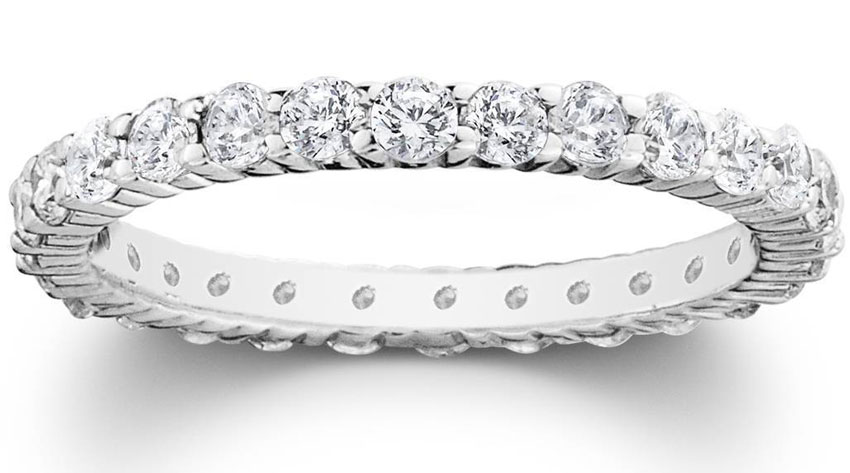
Here are some quick facts about Pompeii3’s selection of the best lab created diamonds:
- Lab-grown diamonds are made of 100 percent pure carbon. So, yes, lab-grown diamonds are 100 percent REAL diamonds!
- Lab-grown diamonds are priced up to 40 percent less than an equivalent earth-mined diamonds.
- Lab-grown diamonds are superior in quality to 98 percent of earth-mined diamonds currently available.
- 100 percent of Pompeii3’s lab-grown diamonds are from leading accredited facilities. We are always transparent about the process our company uses as well!
Still Can’t Decide?
Whether you decide to purchase a lab-made diamond or natural ethically-sourced diamond from Pompeii3, remember that diamonds are a girl’s best friend, a thoughtful investment, and a special item that should be cherished. If you are not sure what type of diamond to purchase, consider custom designing a piece that will make the recipient feel extra special!
Pompeii3 specializes in its custom jewelry design service and allows you to create a one-of-a-kind engagement ring, necklace, pair of earrings,or another piece of jewelry. Get started with a free consultation during which you may request a custom rendering of your piece, along with a price quote, from Pompeii3’s skilled jewelers.

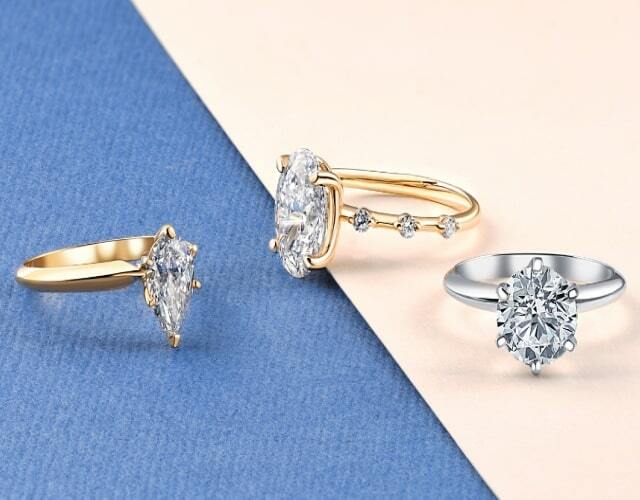 Engagement Rings
Engagement Rings
 Tungsten
Tungsten Wedding Rings
Wedding Rings
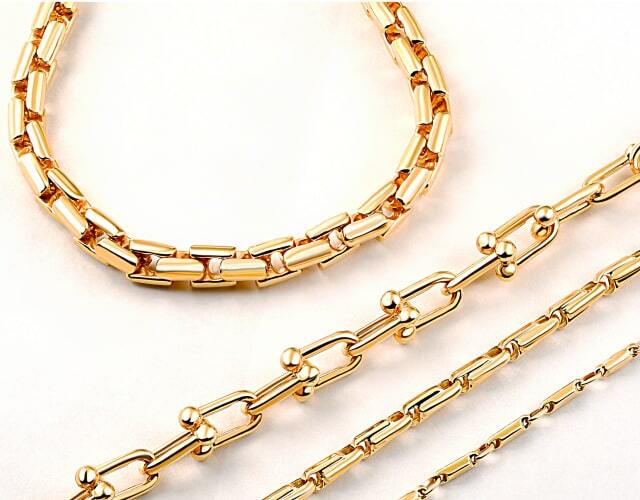 Fine Jewelry
Fine Jewelry
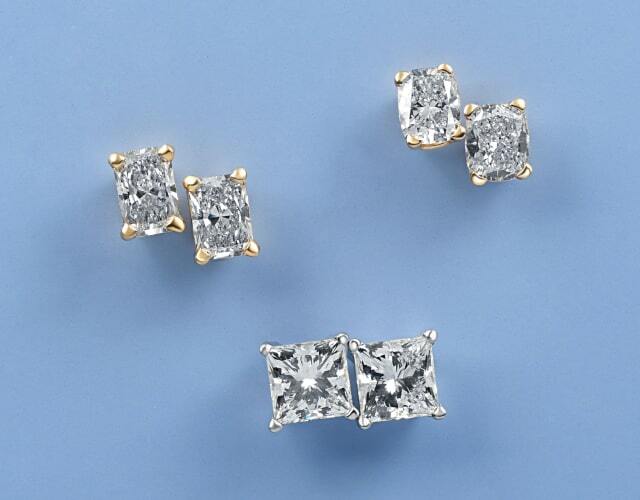 Diamond Studs
Diamond Studs
 Up To 80% Off
Up To 80% Off
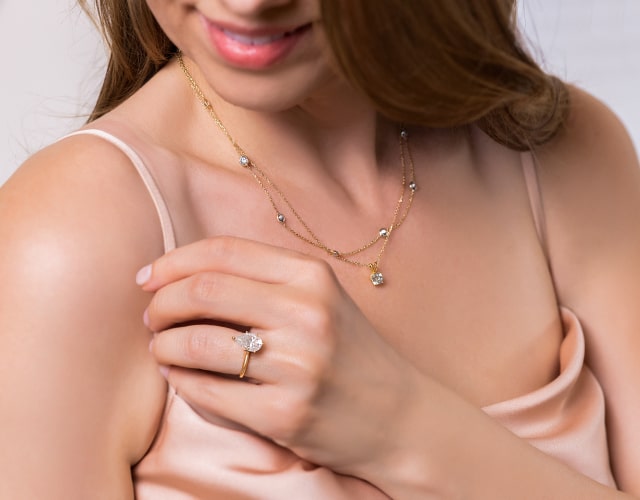 Find The Perfect Gift
Find The Perfect Gift
 White Gold
White Gold

